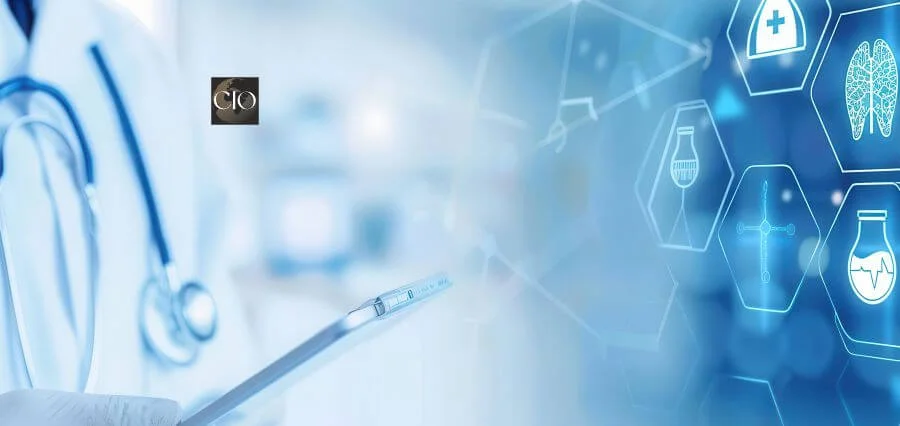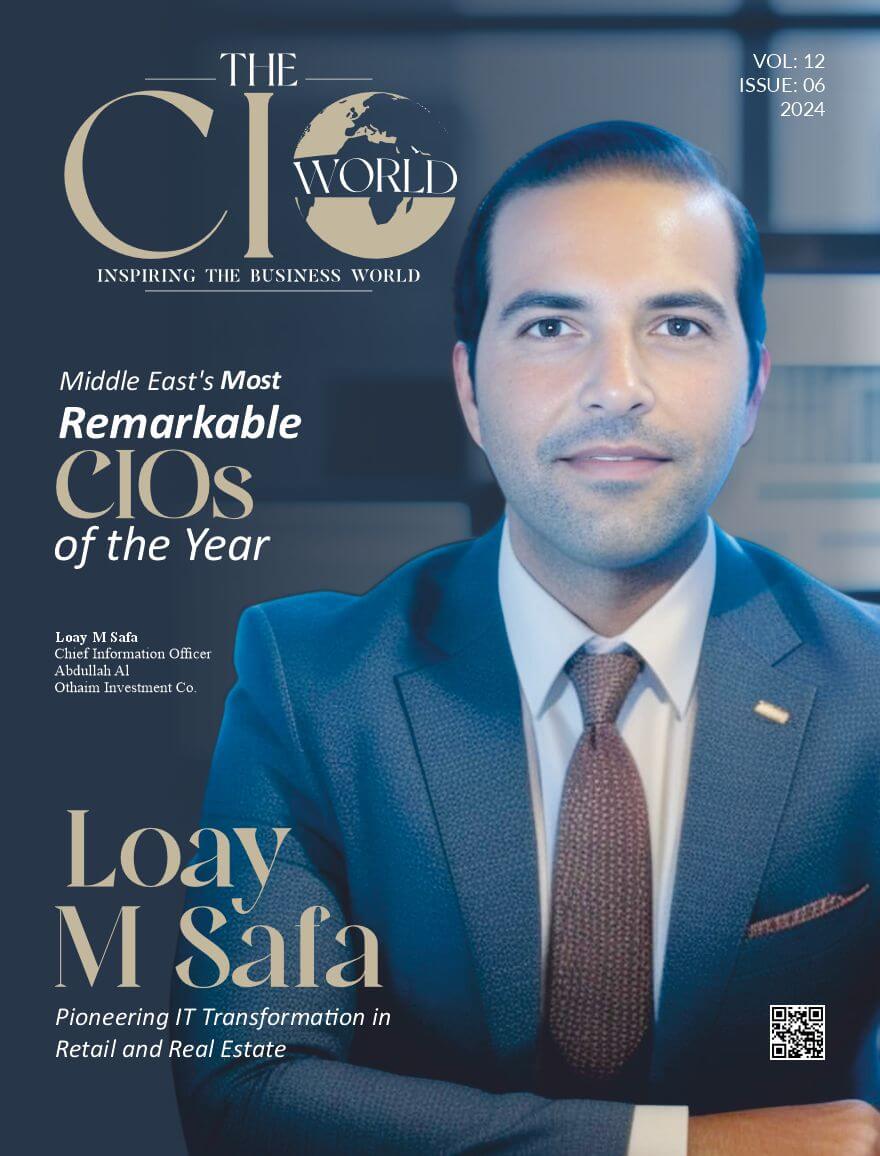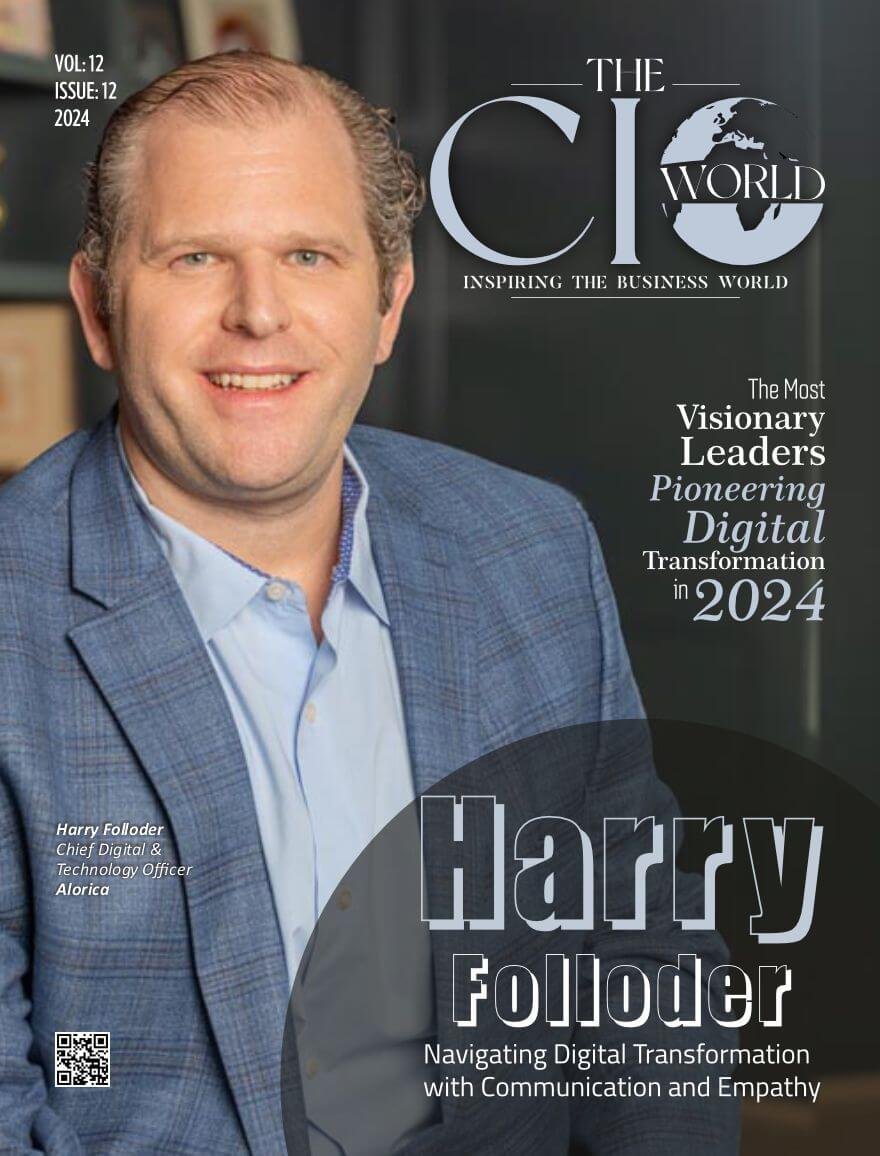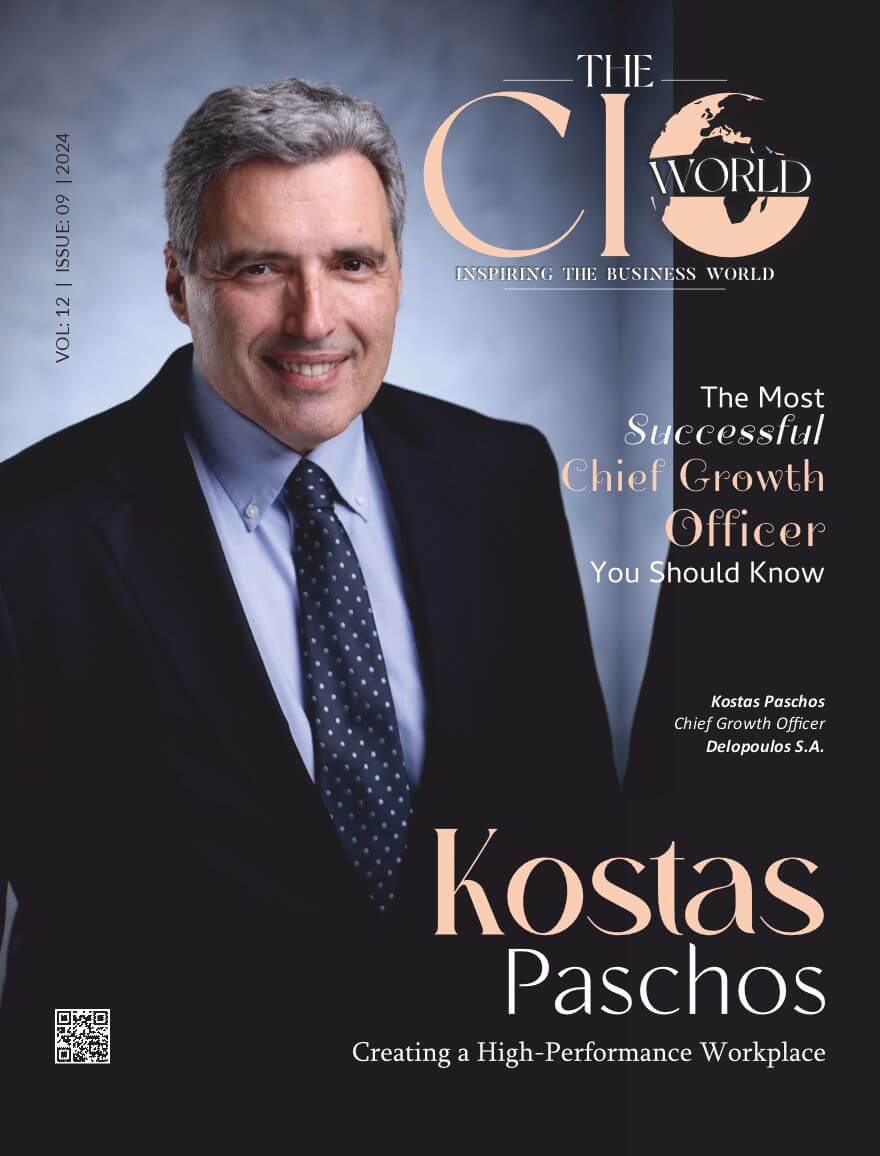The pace of rapid medical breakthroughs is transforming the health industry, providing new options for diagnosis, treatment, and care of patients. From precision medicine and artificial intelligence to telemedicine and robots, these breakthroughs are improving patient care as well as healthcare productivity. To be able to effectively take advantage of these breakthroughs, however, a highly competent strategy needs to integrate technology, medical acumen, and patient care.
Understanding the New Advances in Medicine
Medical technology is changing at a speed never imagined before, and breakthroughs are being developed in the field of artificial intelligence, genomics, and minimal surgery. Artificial intelligence-based diagnostic equipment is allowing disease to be diagnosed faster and with greater precision, and robots are helping perform complex surgery accurately. Breakthroughs in pharma and biotechnology are also yielding targeted treatment methods. The knowledge of all this is the initial step toward realizing their advantage.
Integration of Digital Health Solutions
Development of health digital solutions like electronic health records (EHRs), wearables, and health mobile apps has revolutionized how clinicians handle patient records and treatment programs. Integration of the technology, which enables clinical practitioners to view patients’ current records, monitor progress, and draw decision-making conclusions on care, makes them more capable. Telemedicine care is a very precious asset today as it keeps the patients at hand without having a required need of making appointments while attaining the optimal quality of health.
Adopting a Patient-Centered Approach
As important as technology is in medical development, the patient should always be the focus. It will make sure that medical innovations enhance the experience by making it more accessible, less expensive, and with better treatment outcomes. It entails effective communication between the healthcare provider and patient, making sure that the latter knows his/her options and can make informed choices regarding his/her care.
Improving Medical Training and Continuing Education
As new medical technology is always being found, medical professionals must be constantly taught about the newest research and best practice. Continuing education, courses of training, and affiliation with research centers are essential in making medical personnel proficient at using new interventions. Medical facilities and institutions must fund training for staff so that they can adopt new technology successfully.
Improving Interprofessional Collaboration
Regulation of medical innovation entails coordination between health professionals, researchers, policymakers, and technology developers. Through facilitating interdisciplinary coordination, the healthcare industry can facilitate the application of innovations that lead to better patient outcomes. Public-private partnership is also essential in making medical innovation cost-effective and available to all patients.
Overcoming Ethical and Regulatory Challenges
Though there are many advantages of medical progress, they are not free from ethical and regulatory issues. Issues of data privacy, cost of new treatment, and safety risks by new technology need to be tackled with caution. Healthcare organizations need to collaborate with regulatory bodies in formulating guidelines for safe and effective practice with compliance with ethical standards of medical practice.
Conclusion
Leading through medical innovation for better patient outcomes requires a balanced strategy that embraces innovation but with patient priorities at the forefront. Through a knowledge of the latest advancements, digital convergence of health solutions, collaboration, and ethical resolution, healthcare providers can enhance patient care and health outcomes. Through new technology, accessible, high-quality, and patient-focused healthcare solutions must come first.







